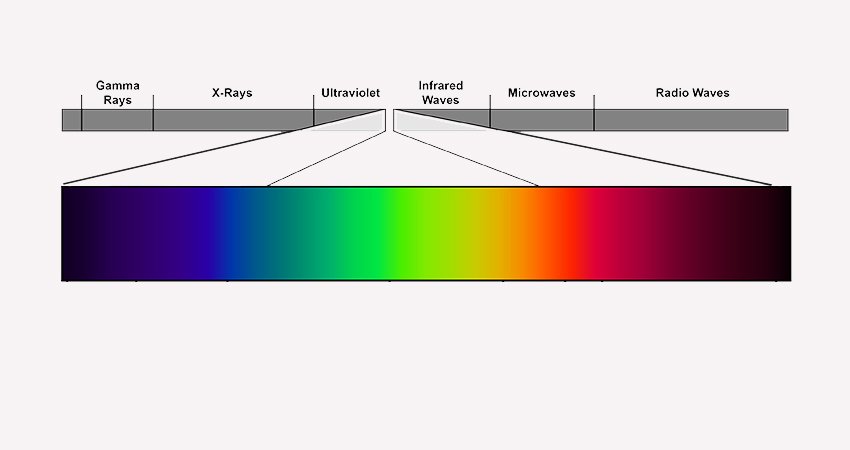Many assume that artificial light in an indoor environment should emulate natural sunlight for the best growing conditions. However, this is not accurate. Light emitted from the sun contains many different wavelengths, some visible and some not.
What is the Importance of Grow Light Colour and Lighting Consistency?
Article from | amBX
NASA originally introduced controlled environment agriculture (CEA) technologies in preparation for growing crops as a food source in space. Since then, CEA has been adopted on a mass scale to produce crops that meet the demand of a growing population and combat climate issues surrounding transport emissions, destruction of natural habitats and pollution of water sources.
Lighting is a huge part of CEA; it is how plants get their energy. It influences the speed of growth as well as the quality and crop yield. Many assume that artificial light in an indoor environment should emulate natural sunlight for the best growing conditions. However, this is not accurate. Light emitted from the sun contains many different wavelengths, some visible and some not. The plant will absorb the wavelengths that are easiest; the rest of the light will be redundant.
Many studies have revealed that plants grow well when a combination of both blue and red light are used (400-700nm). However, every plant is different; therefore, the conditions may need to be tweaked slightly to offer a personalised light for different crops. In the visible light spectrum, the colour varies based on the length of the wavelength; for example, red light is a long wavelength, and blue/violet light is short.
Here is a breakdown of the wavelengths by nanometres:
Violet - 380-430nm
Blue - 430-500nm
Cyan & Green - 500-565nm
Yellow - 565-580nm
Orange - 580-625nm
Red - 625-740nm

Source - Lumigrow 2020
The highest level of energy is violet light, and the lowest is red; a combination of the two is often used for optimal growing conditions as plants tend to have a high absorption rate of these wavelengths.
Studies suggest that each wavelength has different benefits, e.g. blue light to help encourage leaf growth, red and blue in combination to allow plants to flower, and far-red promotes expansion, particularly of leaves (Konica Minolta N/A).
UV-C lighting is also often mentioned in conjunction with indoor growing. It is a type of disinfecting light; it kills bacteria and microorganisms safely without the need for chemicals. This ensures crops remain healthy, and there have also been links to increased growth rates. The UV-C light has highly energetic wavelengths, they are not present in traditional growing as when the sun emits these wavelengths the ozone layer absorbs them. Many studies have been conducted to understand the impact of this light on plants in artificial environments. One study found that flashes of UV-C light for 1 second have the potential to drive plant defences, probably over a large range of crops and pathogens (Aarrouf et al. 2020).
UV-B is also mainly absorbed by the ozone layer; however, some of it does reach earth. It has natural disinfecting capabilities, similar to UV-C. However, studies suggest that it has an inhibition effect on plant growth. This can be useful in small doses to control the plant's height and slow down production rates (ACG Lighting 2019).
UV-A - this UV light is the main type that reaches the earth and does not get absorbed in the atmosphere. It has a stimulating effect on plant growth and encourages the production of protein, sugar, acids and organic compounds. It also can activate a plant's natural defence mechanisms (ACG Lighting 2019).
Infrared light is not visible, but it can have some positive impacts on crop growth. It produces heat which can speed up the development of plants, ripen fruit and increase the growth speed of stems. However, too much exposure can be harmful; the heat may discolour or kill the plants (ACG Lighting 2019).

Source - ACG Lighting 2019
When growing crops in general, consistency is key. If the conditions are all consistent and optimised for the specific plant’s growth, chemical reactions can happen without interruption; however, a lack of consistency can reduce the plant’s growth rate and produce a lesser quality yield. Conditions such as temperature, humidity, Co2, lighting and nutrient values are all vital.
The content & opinions in this article are the author’s and do not necessarily represent the views of AgriTechTomorrow
Comments (0)
This post does not have any comments. Be the first to leave a comment below.
Featured Product

